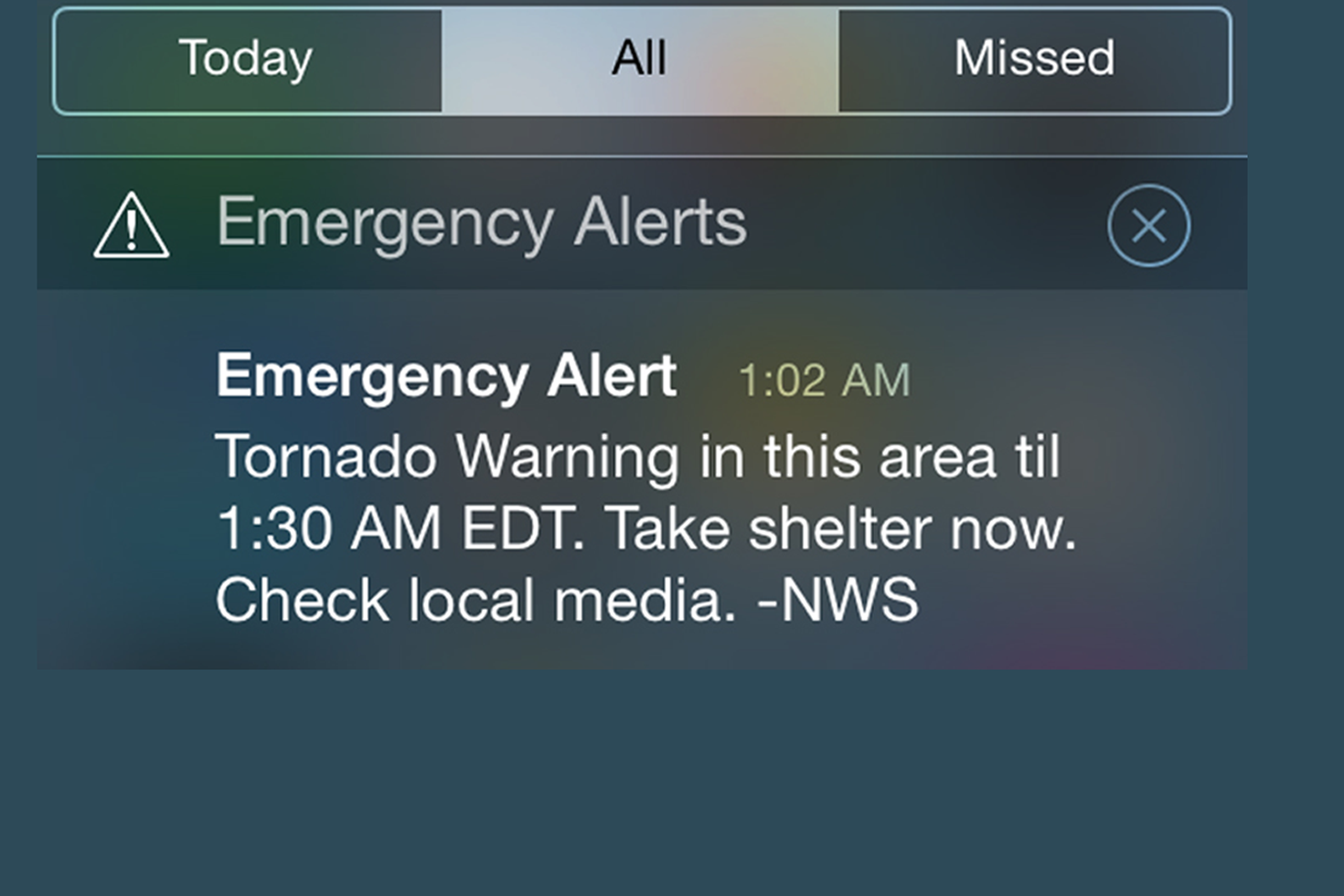
FCC cites CMU-SV research in updates to Wireless Emergency Alerts regulations
The Federal Communications Commission (FCC) recently adopted a Notice of Proposed Rulemaking that suggests updates to the current regulations concerning Wireless Emergency Alert (WEA) messages. These proposed revisions will improve the clarity and distribution of WEA messages by increasing their efficiency, reliability, accessibility, and timeliness to individuals impacted by disasters such as earthquakes, tornadoes, and floods.
The FCC’s proposed updates to WEA message regulations are supported by extensive research—including research performed by faculty members at Carnegie Mellon University Silicon Valley (CMU-SV).
The FCC cited Department of Homeland Security Science and Technology Directorate (S&T) research undertaken by the First Responders Group’s WEA Program, of which Carnegie Mellon faculty were
“The FCC report listed several proposed revisions to WEA, many of which we highlighted in our reports,” said Martin Griss, principal research scientist and director of the Disaster Management Initiative at CMU-SV. “These reports were designed to improve the clarity of WEA messages (increased message length, embedded URLs), improved geo-targeting (embedded polygons, and other methods), and periodic systematic testing and training, to ensure that WEA alerts only reach those individuals to whom a WEA alert is relevant.”
Former regulations had capped messages at a 90 character limit, but in order to improve the effectiveness of WEA message content, the proposed revisions
The Carnegie Mellon research had several key components, each of which contributed to the FCC’s proposed revisions. These components included interviews and surveys with alert originators in order to understand issues with adoption and use of WEA; the development of prototypes that allowed for testing of messages of different lengths, levels of geo-targeting, and smartphone options; development of new methods to substantially compress target polygons enabling embedding within WEA messages; experimentation of WEA alternatives with sample populations in Silicon Valley and Pittsburgh; and creation of a new overlay protocol that allows users to see a digested view of messages sent, in order to reduce confusion and increase responsiveness.
“The FCC highlights our work and the work of others that identifies finer-grain geo-targeting as a major need in improving WEA, as well as other improvements,” said
The research cited in the FCC’s Notice of Proposed Rulemaking was performed by Principal Investigators and members of the Disaster Management Initiative at CMU-SV: Martin